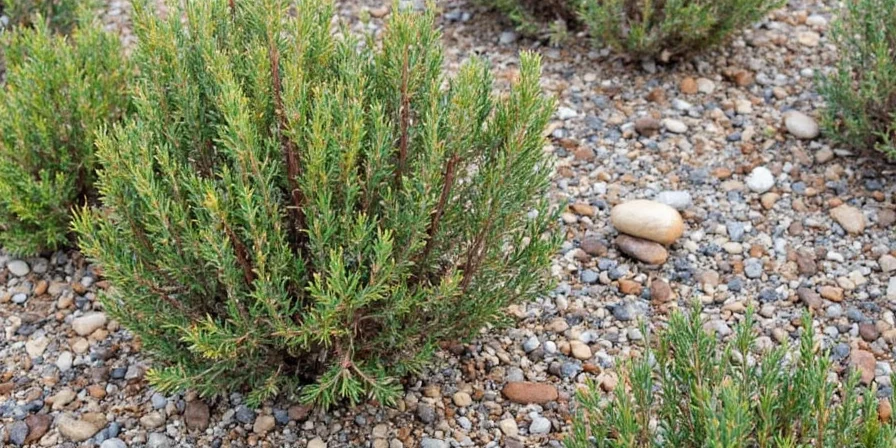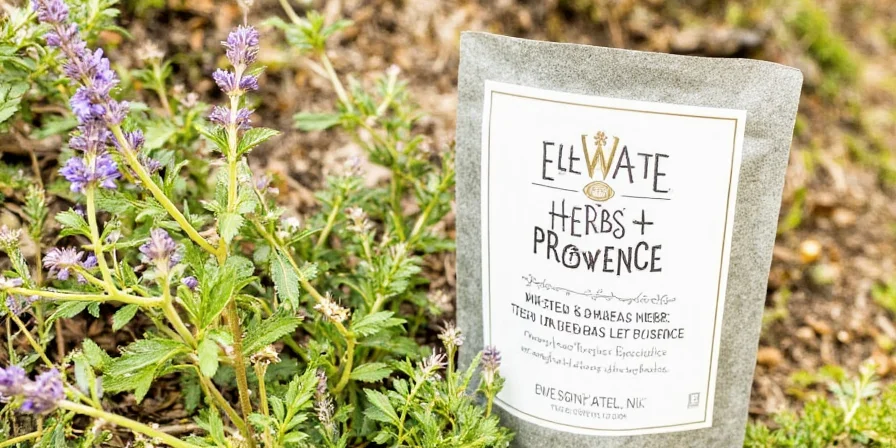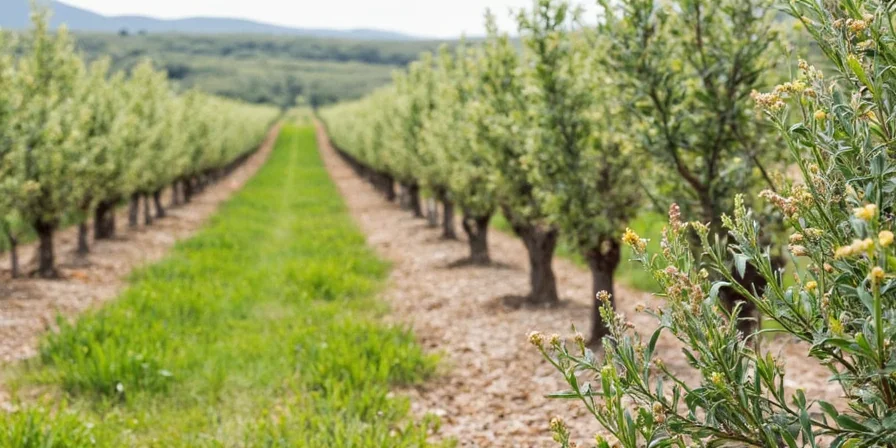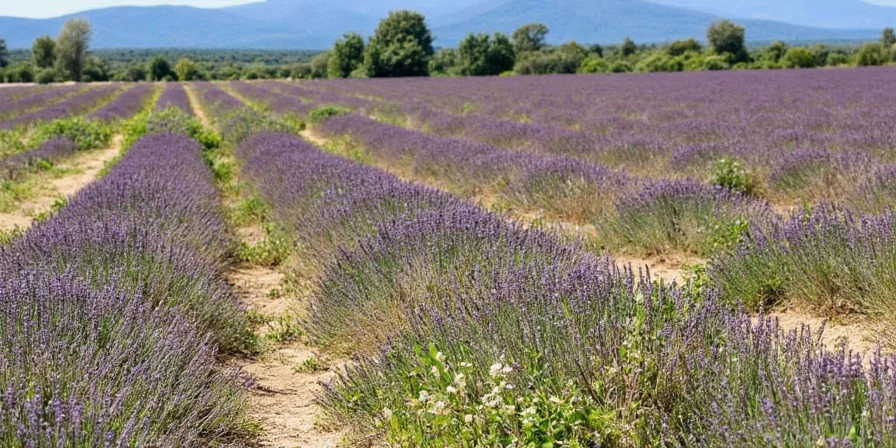What Are Herbs of Provence? Unlocking the Magic in Your Spice Rack
If you've ever wandered into a spice shop and stumbled upon a bottle labeled 'Herbs of Provence', you might have paused, sniffed it curiously, and thought, 'Wait... is this just fancy thyme with a French accent?' Well, my friend, you're not far off. But there's a lot more to this herb blend than meets the nose.
Table of Contents
- The French Riviera in a Jar: What Exactly Is Herbs of Provence?
- A Who’s Who of the Classic Herb Lineup
- Fresh vs. Dried – Does It Make a Difference?
- Spice Up Your Life – Provençal Recipes & Tips
- DIY or Buy? That Is the Question
- Pro Tips for Using Herbs of Provence Like a Pro
- Beyond the Kitchen – Other Uses (Yes, Really)
- Final Thoughts (and One Weird Trick)
The French Riviera in a Jar: What Exactly Is Herbs of Provence?
You can almost hear the accordion music and smell the lavender fields when you say it out loud. But let's break it down:
| Aspect | Details |
|---|---|
| Origin | Provence region, southern France |
| Purpose | Flavor enhancement for Mediterranean dishes |
| Common Use | Roasts, stews, grilled veggies, olive oil dips |
| Typical Base | Thyme, rosemary, oregano, marjoram, savory, basil |
| Variations | Some blends include lavender (yes, really), sage, or fennel seeds |
Think of it as the All-Star team of French kitchen aromatics — each herb plays its own role but together they create something greater than the sum of their parts. It’s like a spice rack boy band. 🌿🎤

A Who’s Who of the Classic Herb Lineup
Let’s give each player in this aromatic ensemble a moment in the spotlight:
- Thyme: The backbone. Earthy, minty, and always reliable — think of it as the drummer of the group.
- Rosemary: Bold, fragrant, and slightly pine-like. This is your lead guitarist with an ego problem.
- Oregano: Adds warmth and a little Italian flair. Imagine it wearing sunglasses indoors.
- Marjoram: The sweeter cousin of oregano. Mellow and floral, the keyboardist who makes everyone feel at home.
- Summer Savory: Peppery and intense. Think of it as the backup singer with surprising range.
- Basil: Sweet and bright. Usually added at the end, like the confetti cannon that goes off at the end of a show.
- Lavender (Optional): Controversial but traditional in some regions. Smells amazing, tastes like summer dreams and confusion.

Fresh vs. Dried – Does It Make a Difference?
Great question! Yes… and no. Here’s the breakdown:
| Type | Flavor Intensity | Best For | Storage Tip |
|---|---|---|---|
| Fresh | Mild, brighter | Finishing touches, salads, pestos | Wrap in damp paper towel, refrigerate |
| Dried | Concentrated, robust | Cooking, roasting, marinades | Store in airtight container away from light |
Pro tip: If substituting fresh for dried, use three times as much fresh herb as dried. Math in the kitchen? Bon appétit!

Spice Up Your Life – Provençal Recipes & Tips
Now that you know what’s in the mix, how do you actually use it without ending up in a culinary disaster zone? Fear not — here’s your guide:
- Classic Roast Chicken: Rub chicken thighs with olive oil and a few pinches of herbs de Provence. Roast until golden and magical.
- Tomato & Olive Pasta: Sauté garlic in olive oil, add crushed tomatoes and a teaspoon of the mix. Toss with pasta and olives. Boom — instant summer.
- Grilled Veggie Platter: Brush zucchini, eggplant, bell peppers with oil and season generously. Grill to smoky perfection.
- Herb-Infused Oil: Mix a few tablespoons into olive oil and drizzle over crusty bread or dip potatoes.
- Simple Salmon: Season salmon fillets and roast. Serve with lemon and rice. Fancy dinner, done.

DIY or Buy? That Is the Question
While store-bought blends are convenient, making your own allows you to customize based on preference and seasonality. Plus, you’ll look like a total spice wizard when guests ask, “Is this homemade?” and you reply, “Oui, mon ami.”
DIY Blend Recipe (Makes about 1/4 cup):
- 1 tbsp dried thyme
- 1 tbsp dried marjoram
- 1 tbsp dried rosemary (crumbled)
- 1 tsp dried oregano
- 1 tsp summer savory
- 1 tsp basil (add last if using fresh)
- Optional: pinch of lavender buds (use sparingly!)
Mix everything in a bowl, then store in an airtight container. Shake well before each use. Or grind gently in a mortar and pestle for even distribution.

Pro Tips for Using Herbs of Provence Like a Pro
Here’s how to take your kitchen game from ‘meh’ to ‘Magnifique!’
- Add early in cooking: For dried herbs, add during cooking to release flavor.
- Fresh herbs? Add late: Basil, parsley, or fresh lavender should be tossed in at the end or used as garnish.
- Pair with olive oil: The oils help extract flavor — infuse them for extra depth.
- Use in rubs: Combine with salt, pepper, and breadcrumbs for a killer meat or veggie crust.
- Don’t overdo it: Lavender can quickly go from “ahhh” to “ewww.” Respect the lavender.
Beyond the Kitchen – Other Uses (Yes, Really)
While mostly known for culinary magic, Herbs of Provence have other uses rooted in tradition:
- Aromatherapy sachets: Lavender-heavy blends make great natural air fresheners or drawer liners.
- DIY candles: Infuse soy wax with the herbs for a rustic, calming scent.
- Bath salts: Mix with Epsom salts and essential oils for a spa-level soak.
- Natural insect repellent: Rosemary and thyme can help keep bugs at bay when infused in oil.
Final Thoughts (and One Weird Trick)
So now you know — Herbs of Provence isn’t just a random grab bag of green stuff. It’s a carefully curated collection of flavors with deep roots in French cuisine and culture. Whether you buy it pre-made or craft your own blend, this spice mix deserves a spot in your pantry.
One weird trick? Try adding a tiny pinch to your next batch of popcorn. Seriously. Popcorn + olive oil + Herbs of Provence = gourmet snack heaven.
Remember, the best spice blend is the one that brings joy to your plate. So sprinkle generously, experiment boldly, and never underestimate the power of a good herb mix.











 浙公网安备
33010002000092号
浙公网安备
33010002000092号 浙B2-20120091-4
浙B2-20120091-4